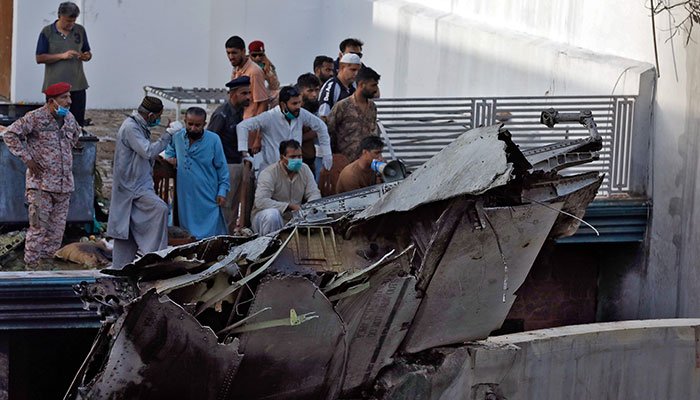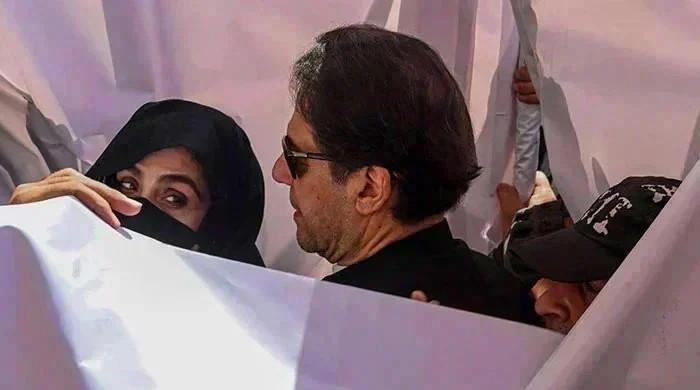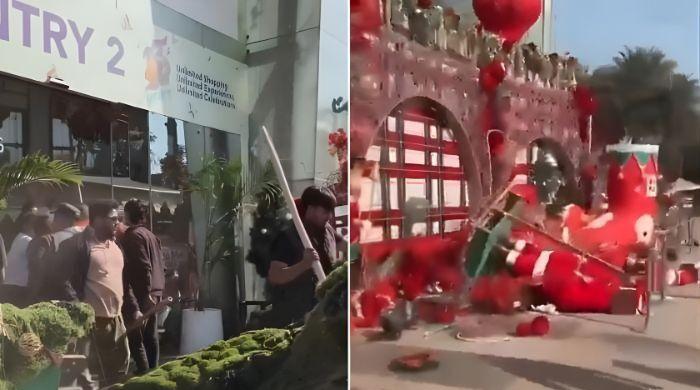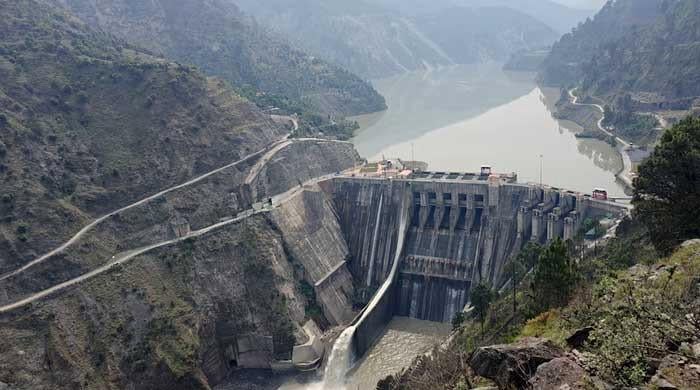PIA plane crash: The questions the investigation team needs to find answers of
PIA plane crash: The questions the investigation team needs to find answers of
May 24, 2020

Plane crashes are barely ever straightforward but Pakistan International Airlines (PIA) Chief Executive Officer Arshad Malik's statement that the PK-83030 aircraft, which crashed in the densely populated Model Town area of Karachi near Jinnah International Airport on Friday, was in "mint condition and technically sound", has made the deadly accident even more mysterious than usual.
The investigation team, under Air Commodore Usman Ghani's supervision, needs to look into a number of unanswered questions, including the malfunctioning of the ill-fated plane's landing gear and inexplicable failure of both its engines.
It puts a question mark on the competence of the technical 'experts' who had cleared the plane for take-off from Lahore for what was hardly a two-hour flight under clear skies.
With no apparent climatic reason, it is then unfathomable why Captain Sajjad Gul had to deal with a series of technical problems. Some aviation experts believe it is probable that the plane was not properly inspected prior to its departure and that the Airbus A320 may have had some underlying fault which was not identified.
Airline CEO Malik said he wanted to resign and was ready to accept moral responsibility of the incident but was stopped by some of colleagues from doing so.
While him quitting did not happen this time, it may eventually, especially if independent investigators establish that a technical fault was behind Friday's incident. Such a finding would not only raise serious questions about PIA's engineering department and technical experts but blame could also be affixed on Malik himself.
Another surprising aspect of the crash was the conduct of the officials at the Jinnah International Airport. Was any emergency declared at the airport after it was evident that the plane was in trouble and the Control Tower was guiding the pilot? Light needs to be shed on emergency measures, if any, taken by airport authorities once it became apparent that the plane twice attempted to land but couldn't. Was a foam path laid on the runaway to prevent the possible spread of fire? Were fire brigades and ambulances called?
"I wish the pilot had landed on the muddy side of the runway instead of going up again and again," a sweeper at the airport, also an eyewitness to the first aborted landing attempt, told English daily Dawn.
Except two, all 91 passengers and eight crew members on board lost their lives in the crash. The two survivors were Bank of Punjab CEO Zafar Masood and Mohammad Zubair - the son of notable actor Syed Munawar Saeed. The lucky pair's statements would also be of importance in the investigation.
Another angle which needs to be looked into is the condition, maintenance and fitness of the national carrier's fleet, most of which had been grounded and seen little action due to COVID-19 having suspended all domestic and international flights.
Then there was the confidential conversation between the Control Tower and the pilot, which was leaked or released to the media minutes after the crash. If it was released by the authorities, the question is, why? If it was leaked, the question would be: by whom and for what purpose?
Of prime importance, however, will be the Black Box - always a key element in air accidents. It would help the investigators figure out what really transpired between the Control Tower and Captain Gull before he uttered "Mayday, Mayday. Mayday" - the dreaded distress signal.
On the other side of the equation lies the sprawling presence of thousands of flats and houses - including 1-plus-2 and even 1-plus-3 units - around the airport. The investigators must look into the No Objection Certificates granted for such constructions in close proximity of the airport. The practice is not only a breach of aviation rules but could also form a serious security threat.
Keep in mind that only a few years ago a number of lives were lost during a well-planned terrorist attack at the old terminals of Jinnah International Airport. An investigation had later revealed that some of the terrorists had stayed in an apartment near the airport.
Airports and cantonment areas are usually kept miles away from the population but Jinnah airport is now practically surrounded by thousands of houses and apartments, with Malir cantonment also not far.
Karachi airport has had a long history of bloody events, be it terrorism, hijackings or plane tragedies. It all started in the mid-1960s when a Polish deputy minister was killed by one of PIA employee, who had roots in a right wing group. A number of VIPs who had come to receive the deputy PM were also slain.
Since then, the airport and all that is wrong with it has taken many more lives than it ever should have.
Here's hoping that the investigators of Pakistan's latest aviation tragedy would pinpoint those root causes, make public their findings and expose those responsible.









